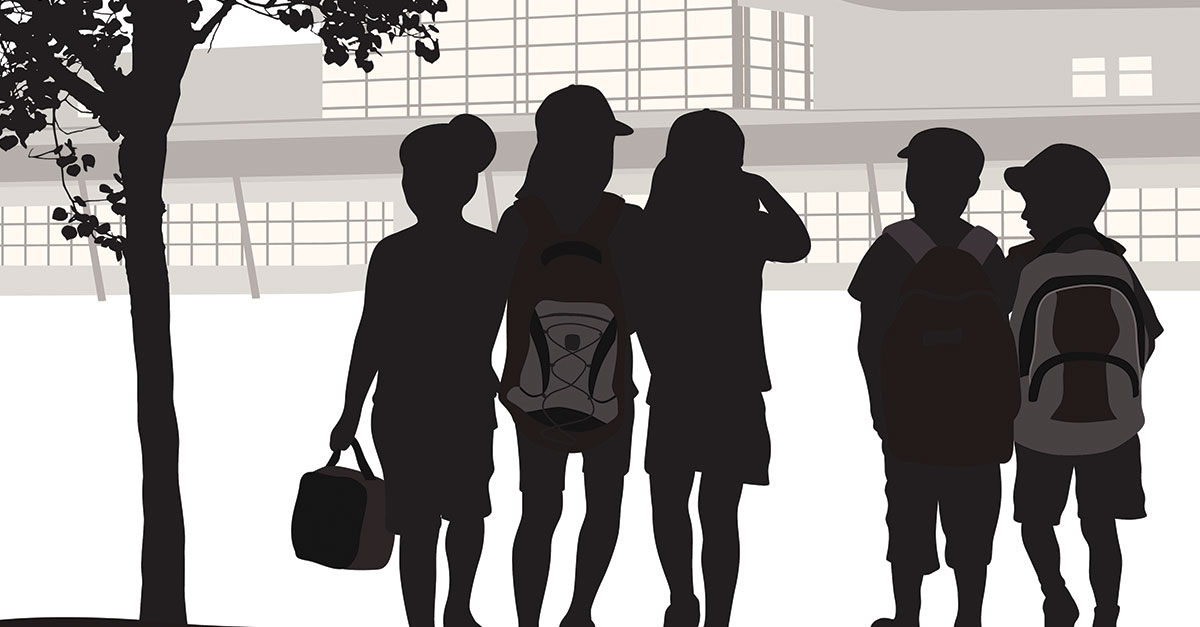April is National Autism Awareness Month in the United States. The month is designated to not only help people understand the disorder, but also to encourage diagnosis and emphasize the importance of early detection. According to the California Autism Society, autism spectrum disorder (ASD) is classified as a “pervasive developmental disorder,” meaning that the symptoms often affect every aspect of a child’s development: emotional, social, educational and physical.
The prevalence of ASD is now one in every 68 children in the U.S. According to the Centers for Disease Control, the prevalence of ASD in American children increased by 119.4 percent from 2000 to 2010. The latest available data shows a leveling off of diagnoses of ASD, with no statistically significant change in the prevalence of children diagnosed from 2014 to 2016. It is interesting to note, however, that during that same time period, there was a significant increase in the prevalence of children who were diagnosed with any developmental disability other than ASD.
As its full name indicates, autism diagnoses exist on a spectrum from severe disability where a child may be nonverbal and/or have severe intellectual disabilities to those with normal to high intelligence that may have trouble communicating and adjusting to social norms. There is no physical or medical test to diagnose autism — it must be observed through behavior. Autism Awareness Month seeks to spread awareness by giving people the tools to recognize the signs of autism and understand that early detection and intervention leads to improved outcomes throughout life. The CDC offers many resources for autism and early detection, including a milestone tracker for children from two months of age to five years old.
Some signs of autism include:
- Missing or delayed social indicators: Infants typically recognize faces, turn toward voices, grasp at objects and smile by 2–3 months. Children with autism often miss these milestones and fail to respond to their names and have difficulty interacting with others by 8–10 months.
- Difficulties communicating: Early milestones such as infant babbling and the ability to say a few basic words by toddlerhood are other signs of autism.
- Repetitive behaviors: Unusual repetitive behaviors such as hand flapping, rocking, jumping and twirling, and repeating sounds and words are another key symptom in diagnosis.
As cited in a recent CSBA brief, “California’s Children and Youth with Disabilities: Their Education and the Law,” once children have entered the school environment it becomes the school’s responsibility to assess the presence of a disability in a child at the request of a parent, or a request from a teacher if the child’s parent consents. Another brief in CSBA’s California’s Children and Youth with Disabilities series states that “the school board’s role is to ensure local policies serve all students including those with disabilities from birth through age 21” and that the “federal Individuals with Disabilities Education Act (IDEA) requires LEAs to identify and serve all students in their jurisdiction who have a disability, and ensure that they receive ‘resources, adapted instruction, and specialized assistance to mitigate the effects of [their] disability.’”
To help school board members advocate for equitable educational opportunities for students with autism, CSBA has collected the following resources:
CSBA Resources
CSBA Governance Brief: California’s Children and Youth with Disabilities: Who They Are (3/18)
California Schools Magazine: Special and Equal: An inclusive vision for educating students with disabilities (Spring 2017)
Other Resources
Centers for Disease Control and Prevention: Autism Spectrum Disorder





